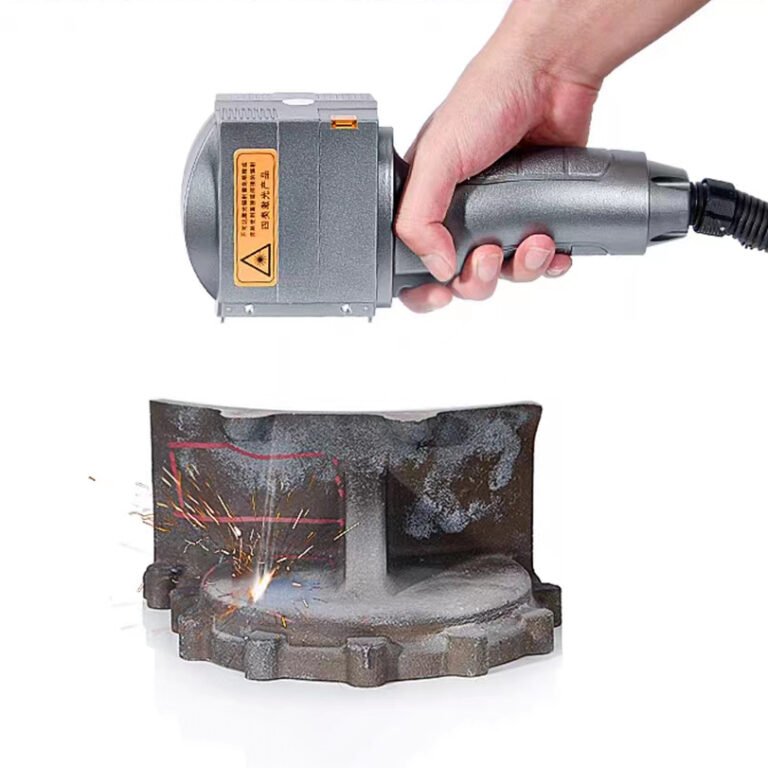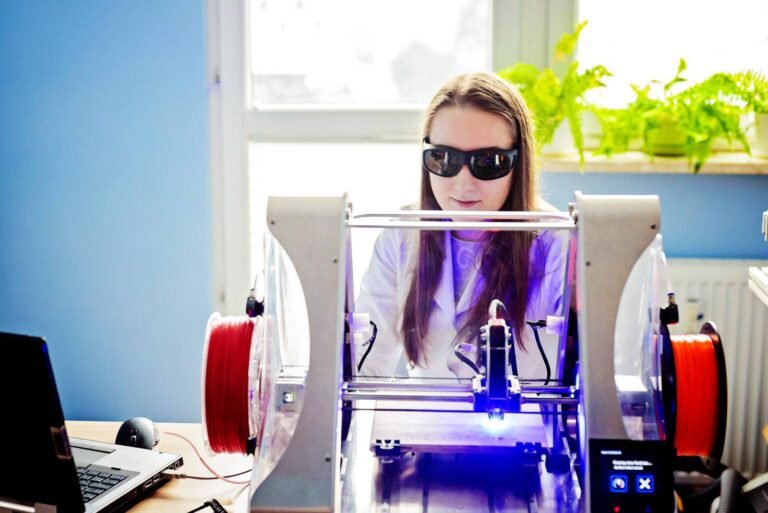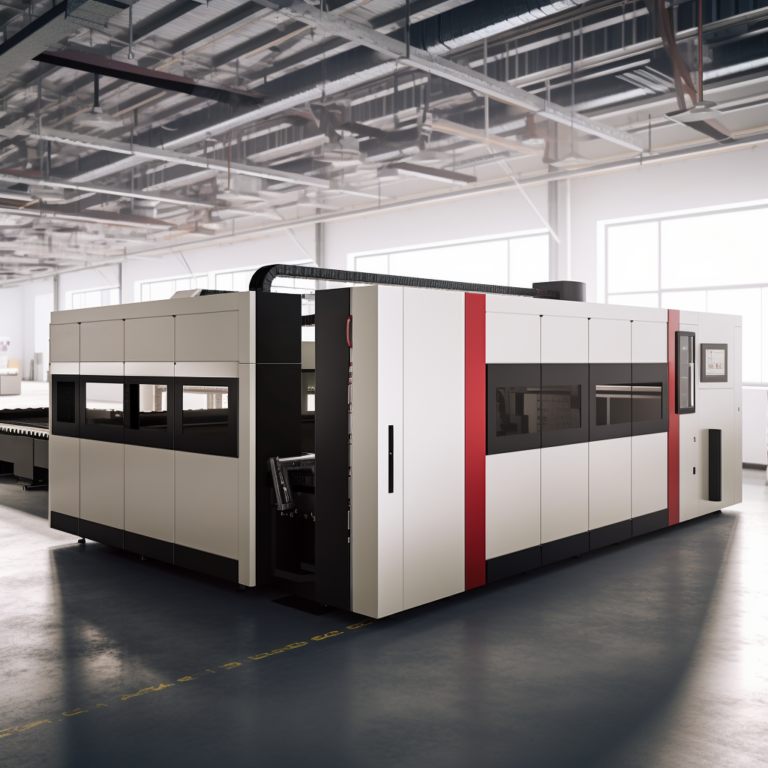How to Clean CO2 Laser Lenses: A Comprehensive Guide for Optimal Performance
I. Introduction
The efficiency and effectiveness of CO2 laser machines rely heavily on the cleanliness of their lenses. Over time, these lenses can accumulate dirt, dust, and debris, affecting the performance and accuracy of the laser. This article provides a comprehensive guide on how to clean CO2 laser lenses and maintain their optimal performance. We will discuss the signs of dirty lenses, the tools and materials required for cleaning, a step-by-step cleaning process, maintenance tips, and safety precautions.
II. Signs Your CO2 Laser Lenses Need Cleaning
To ensure the best possible performance from your CO2 laser machine, it’s crucial to recognize the signs that indicate your lenses need cleaning. These signs may include:
A. Reduced cutting or engraving quality: Dirty lenses can cause a decrease in the cutting or engraving quality of your laser machine. You might notice jagged edges, uneven lines, or poor material penetration.
B. Inconsistent power output: A dirty lens may result in fluctuating power levels, leading to inconsistent results in your work.
C. Increased burn marks on material: When lenses are dirty, they can cause excessive heat to build up, leading to increased burn marks on the material being processed.
D. Hazy or cloudy lens appearance: Inspect your lenses regularly for any visible signs of dirt, dust, or debris. A hazy or cloudy appearance is a clear indication that they need cleaning.
III. Tools and Materials Required for Cleaning CO2 Laser Lenses
To clean your CO2 laser lenses effectively, you’ll need the following tools and materials:
A. Lens cleaning solution: Use a cleaning solution specifically designed for optical lenses, which is safe and gentle on the lens surface.
B. Lint-free lens wipes or cotton swabs: To avoid introducing more debris or scratches on the lens, use lint-free wipes or cotton swabs for cleaning.
C. Compressed air or air blower: Compressed air or an air blower can help remove dust and debris from the lens surface before cleaning with a solution.
D. Tweezers or lens handling tool: To avoid touching the lens with your fingers and introducing oils or contaminants, use tweezers or a lens handling tool for safe removal and handling.
E. Nitrile or latex gloves: Wearing gloves will protect both your hands and the lens from contamination during the cleaning process.
F. Safety goggles: When working with chemicals, it’s always a good idea to wear safety goggles to protect your eyes.
IV. Step-by-Step Guide to Cleaning CO2 Laser Lenses
Follow these steps to clean your CO2 laser lenses effectively:
A. Power off and unplug the laser machine: Always ensure your laser machine is powered off and unplugged before attempting any maintenance or cleaning tasks to avoid potential injuries or accidents.
B. Carefully remove the lens: Using tweezers or a lens handling tool, carefully remove the lens from its housing. Be gentle and avoid touching the lens surface with your fingers.
C. Inspect the lens for damage: Before cleaning, examine the lens for any visible signs of damage, such as cracks or chips. If you find any damage, you may need to replace the lens instead of cleaning it.
D. Use compressed air to remove dust and debris: Gently blow compressed air or use an air blower to remove any loose dust or debris from the lens surface. This will ensure a more effective cleaning process and prevent scratching.
E. Apply lens cleaning solution to a lint-free wipe or cotton swab: Saturate a lint-free wipe or cotton swab with the lens cleaning solution. Avoid applying the solution directly to the lens, as it could cause damage.
F. Gently clean the lens using a circular motion: Start from the center of the lens and work your way outward in a circular motion. Be gentle to avoid scratching the lens surface. Repeat the process if necessary until the lens is clean.
G. Dry the lens with a clean lint-free wipe: After cleaning the lens, use a dry lint-free wipe to gently remove any remaining cleaning solution. Be sure to follow the same circular motion as before, starting from the center and working outward.
H. Reassemble the laser lens and housing: Once the lens is clean and dry, carefully place it back into its housing using tweezers or a lens handling tool. Ensure it is properly seated and secured.
I. Test the laser for improved performance: Power on your laser machine and run a test job to check for improved performance. If the quality of cutting or engraving has improved, your cleaning process was successful.
V. Tips for Maintaining Clean CO2 Laser Lenses
To prolong the lifespan of your CO2 laser lenses and ensure optimal performance, follow these maintenance tips:
A. Establish a regular cleaning schedule: Depending on how often you use your laser machine, it’s essential to establish a regular cleaning schedule. This could be weekly, bi-weekly, or monthly, based on your machine’s workload.
B. Use proper materials and techniques: Always use the appropriate cleaning materials and techniques to avoid damaging your lenses. Avoid using harsh or abrasive materials that could scratch the lens surface.
C. Monitor lens performance for early signs of dirt buildup: Keep an eye on your laser machine’s performance and watch for signs that indicate your lenses need cleaning. Addressing these issues early can help maintain optimal performance.
D. Keep the laser machine and surrounding area clean: Maintaining a clean working environment can help minimize the amount of dust and debris that accumulates on your laser lenses. Regularly clean your laser machine and workspace to reduce the need for frequent lens cleaning.
VI. Safety Precautions for Cleaning CO2 Laser Lenses
When cleaning CO2 laser lenses, it’s essential to follow these safety precautions:
A. Follow manufacturer’s instructions and guidelines: Always consult your laser machine’s user manual for specific cleaning instructions and recommendations.
B. Wear appropriate protective gear: Use nitrile or latex gloves to protect your hands and the lenses from contamination, and wear safety goggles when working with cleaning solutions to safeguard your eyes.
C. Avoid using harsh or abrasive cleaning materials: Using unsuitable materials can cause damage to the lens surface, leading to reduced performance or the need for a replacement.
D. Ensure proper ventilation: When working with chemicals, make sure your workspace is well-ventilated to avoid inhaling fumes or causing discomfort.
VII. Conclusion
Clean CO2 laser lenses are vital for maintaining optimal performance and achieving precise cutting and engraving results. By following the cleaning process outlined in this article and adopting a regular maintenance routine, you can extend the lifespan of your lenses and ensure your laser machine continues to operate at its best. Always remember to use the proper tools, materials, and techniques, and follow safety precautions to protect both yourself and your equipment.




